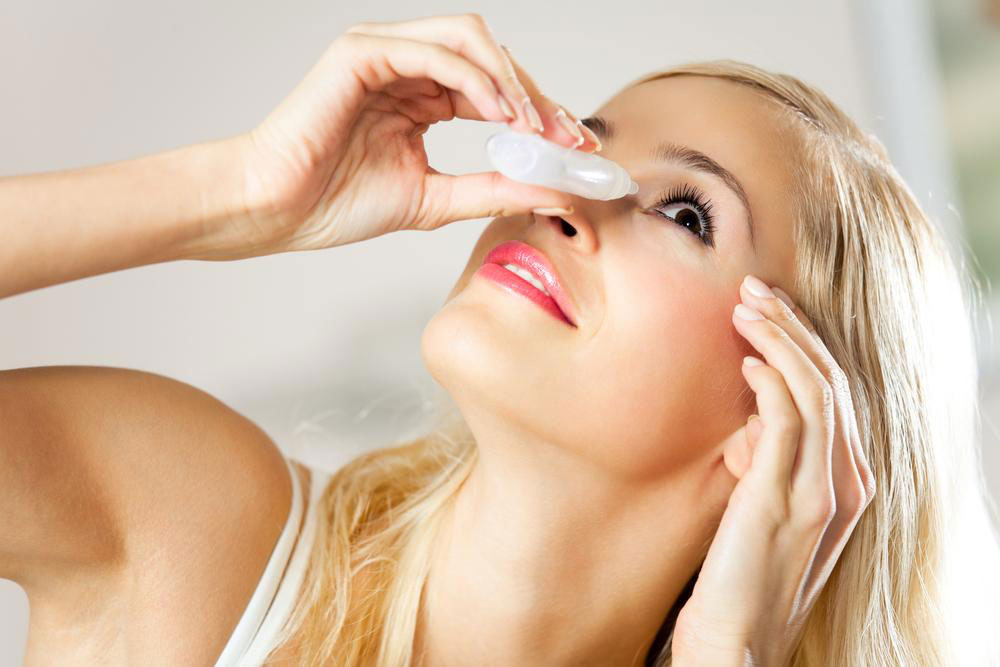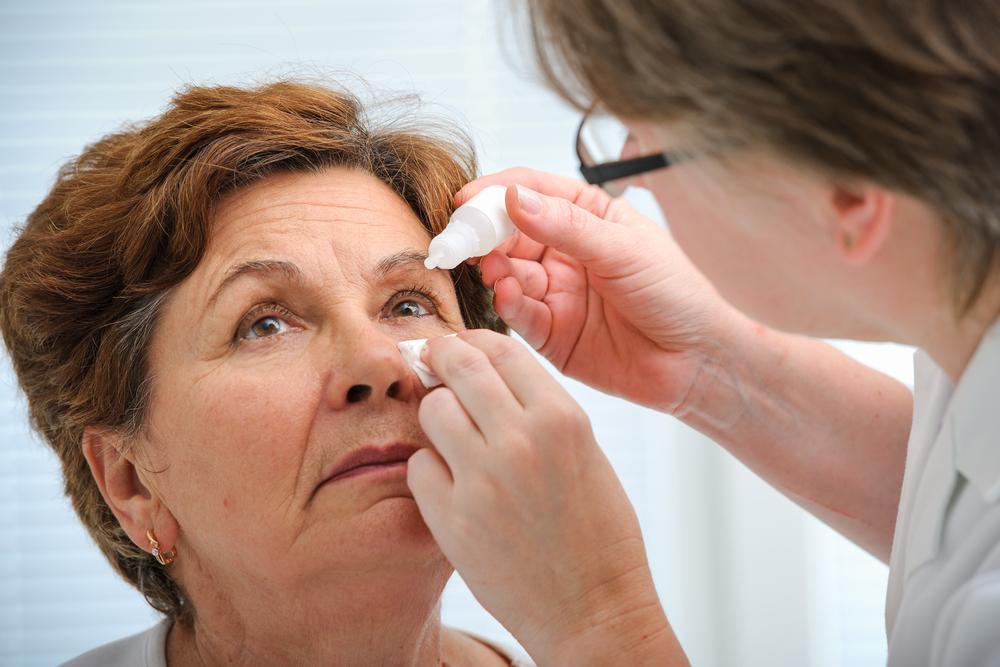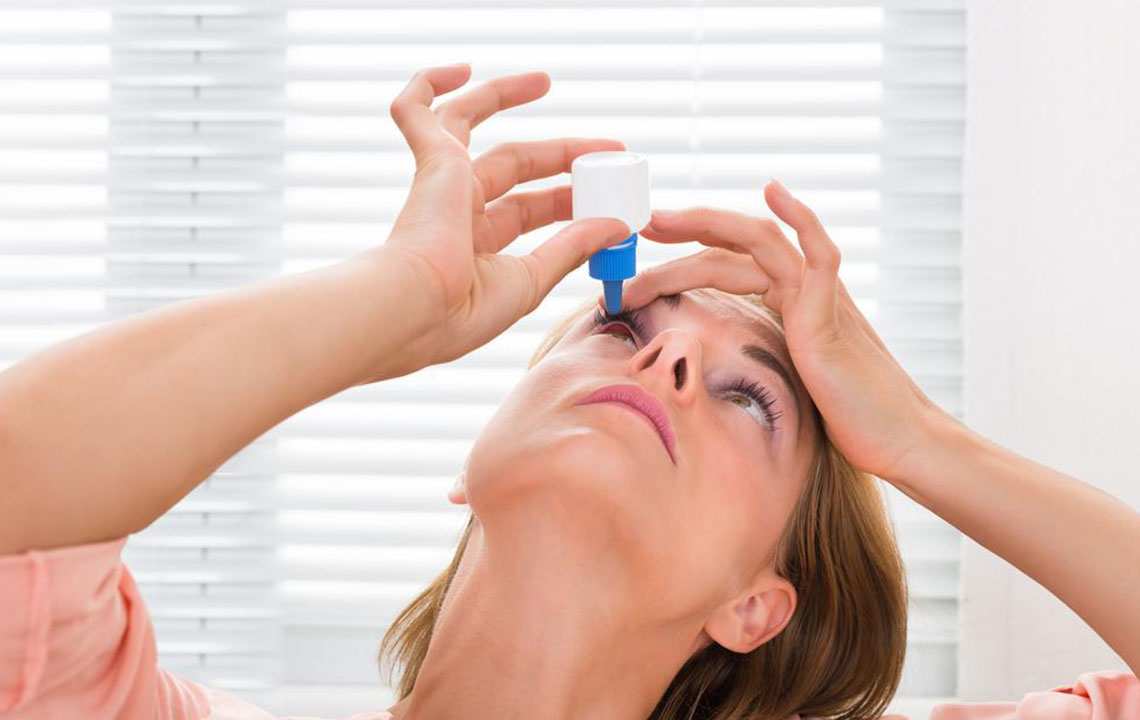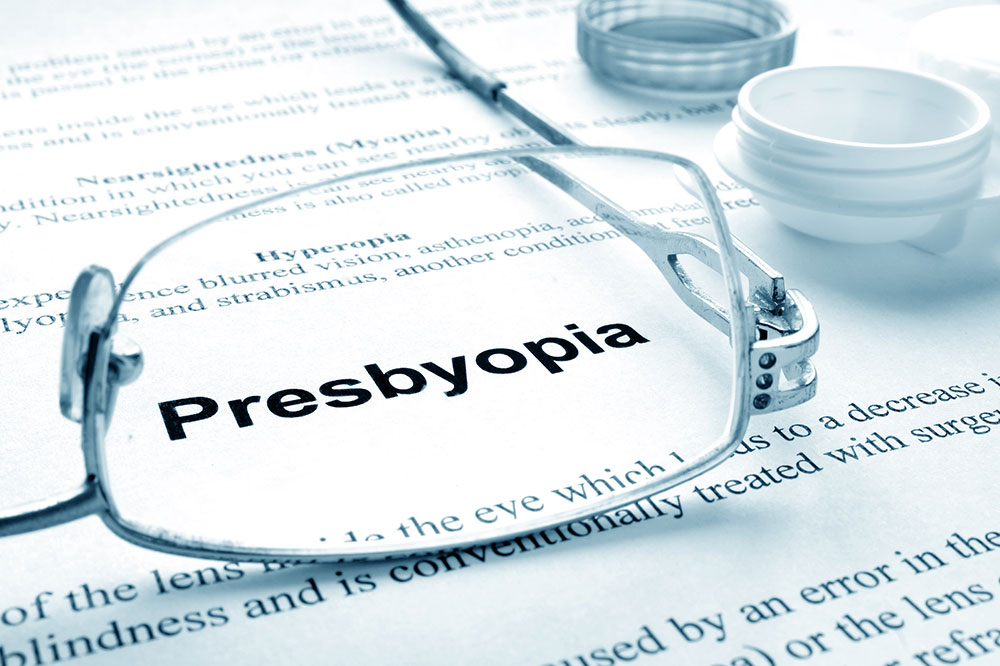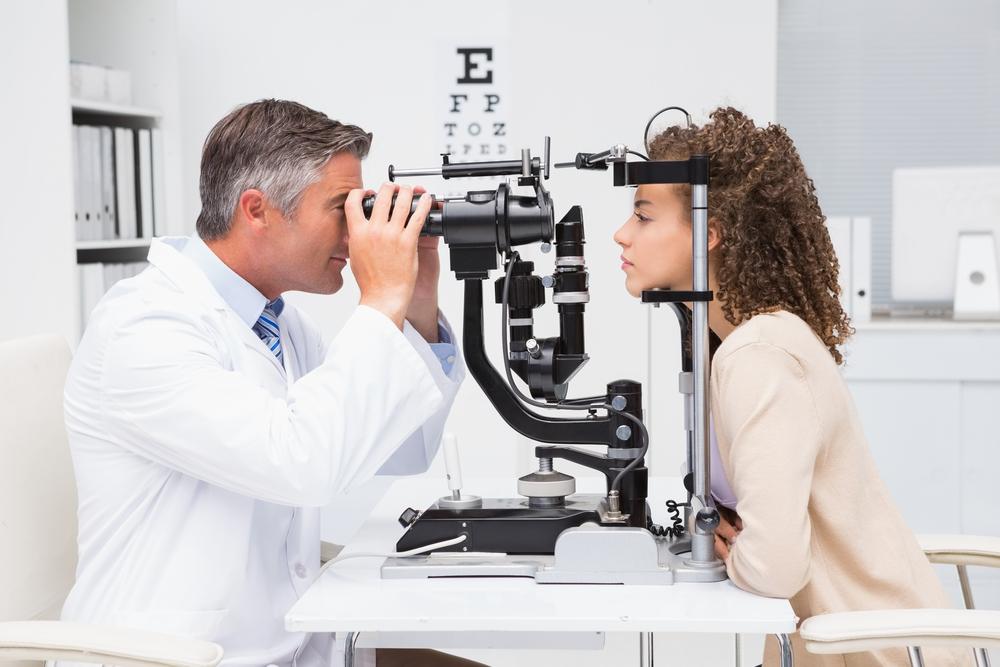Comprehensive Guide to Dry Eye Syndrome: Causes, Symptoms, and Effective Management Strategies
Dry eye syndrome is a common condition caused by reduced tear production or excessive evaporation, leading to discomfort and vision problems. This comprehensive guide explores symptoms, causes, and effective treatments including artificial tears, prescription medications, and lifestyle tips. Proper management can significantly improve quality of life, making it essential to understand the underlying factors and seek professional care for personalized treatment plans. Regular eye check-ups and lifestyle changes are key to maintaining optimal eye health for dry eye sufferers.
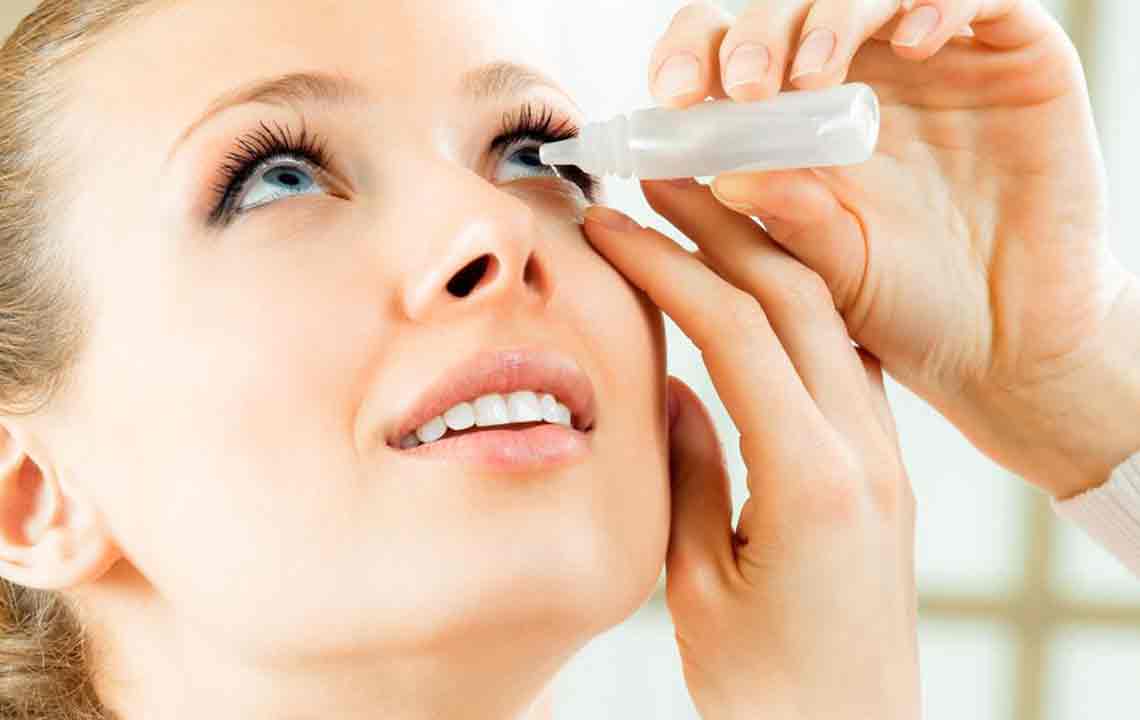
Comprehensive Guide to Dry Eye Syndrome: Causes, Symptoms, and Effective Management Strategies
Dry eye disease, medically known as keratoconjunctivitis sicca, is a prevalent condition that impacts millions of individuals worldwide. It occurs when the eyes are unable to produce enough tears or when the tears evaporate too quickly, leading to discomfort, vision issues, and potential damage to the eye surface. Tears serve an essential role in maintaining eye health by lubricating the eye, providing moisture, and offering protection against infections and irritants. They are complex fluids composed of water, lipids (oils), mucus, and immune components, all of which are produced by specialized glands around the eyes. When these glands malfunction or their activity diminishes, symptoms of dry eye syndrome manifest, affecting quality of life and daily activities.
Recognizing the signs of dry eye is crucial for early intervention. Common symptoms include:
Persistent dryness, irritation, and an uncomfortable gritty or sandy sensation in the eyes
Sensation of a foreign body or debris in the eyes, often leading to discomfort
Redness, itching, and burning sensations that can exacerbate with environmental factors
Fatigue, blurred vision, and sensitivity to light, which can interfere with work and daily activities
Interestingly, the body's response to dryness includes reflex tearing, which paradoxically can worsen the condition. Instead of lubricating the eyes, these tears tend to be watery and insufficient for alleviating dryness, creating a sensation akin to sand in the eyes. This paradox highlights the complex nature of tear film regulation and the importance of proper treatment approaches.
Understanding the causes of dry eye syndrome can help in preventing and managing the condition effectively. The primary factors include:
- Aging: The natural decline in tear production with age, particularly in women after menopause, significantly increases the risk of dry eye.
- Environmental factors: Constant exposure to wind, direct sunlight, dry climates, hot air, or high altitudes accelerates tear evaporation and diminishes eye lubrication.
- Medications: Certain drugs such as antihistamines, diuretics, antidepressants, and beta-blockers have side effects that reduce tear secretion, exacerbating dryness.
- Eye surgeries: Procedures like LASIK or cataract surgery may temporarily impair tear production or alter ocular surface sensitivity.
- Contact lenses: Overuse, improper fitting, or extended wear of contact lenses can dehydrate the eyes and impair tear film stability, necessitating careful management and regular replacement.
Managing dry eye syndrome requires a comprehensive approach. While it might not always be fully curable, various strategies and treatments can substantially improve comfort, visual clarity, and overall eye health. Here are some of the most effective options available:
Artificial tears: These lubricating eye drops are the first line of defense for mild dry eye symptoms. They work by supplementing natural tears and alleviating irritation. These drops come in different viscosities; lower viscosity solutions are suitable for occasional relief, while thicker, gel-like formulations provide longer-lasting lubrication, especially useful during nighttime or for persistent dryness. It's important to choose the right type under the guidance of an eye care professional.
Prescription medications: Drugs like Restasis (cyclosporine) stimulate tear production by reducing ocular surface inflammation. Patients may need to use these drops for at least 90 days to observe significant improvement. Some initial side effects, such as burning or stinging, are common but typically diminish over time. Moreover, Xiidra (lifitegrast) is another prescription option that reduces inflammation and encourages natural tear secretion.
Hormonal therapies: For dry eye related to hormonal changes, especially in postmenopausal women, topical testosterone creams applied around the eyelids can help restore oil gland function, leading to better tear film stability.
Lipiflow: This innovative device applies controlled heat and gentle pressure to the eyelids, targeting blocked meibomian glands—the oil-producing glands critical for preventing tear evaporation. Lipiflow treatments have shown promising results in unblocking these glands, thereby restoring the oil layer of the tear film and reducing dry eye symptoms.
Anti-inflammatory eye drops: Short-term use of corticosteroids under medical supervision can reduce severe inflammation during flare-ups, helping to restore ocular surface health and improve comfort.
Diet and nutritional supplements: Increasing intake of Omega-3 fatty acids, found abundantly in fish like salmon and mackerel, as well as flaxseed, walnuts, and chia seeds, may help reduce inflammation and improve tear quality. Supplements are often recommended as part of a comprehensive dry eye management plan.
Successful management of dry eye syndrome often requires a tailored approach based on individual symptoms and underlying causes. Regular consultation with an eye care specialist ensures that the proper combination of treatments is selected, monitored, and adjusted over time. Lifestyle modifications, such as using humidifiers, taking regular breaks from screens, wearing protective eyewear, and staying hydrated, also play a crucial role in alleviating symptoms and maintaining eye health. With effective strategies and ongoing care, individuals suffering from dry eye can enjoy improved comfort, better vision quality, and a higher quality of life.
